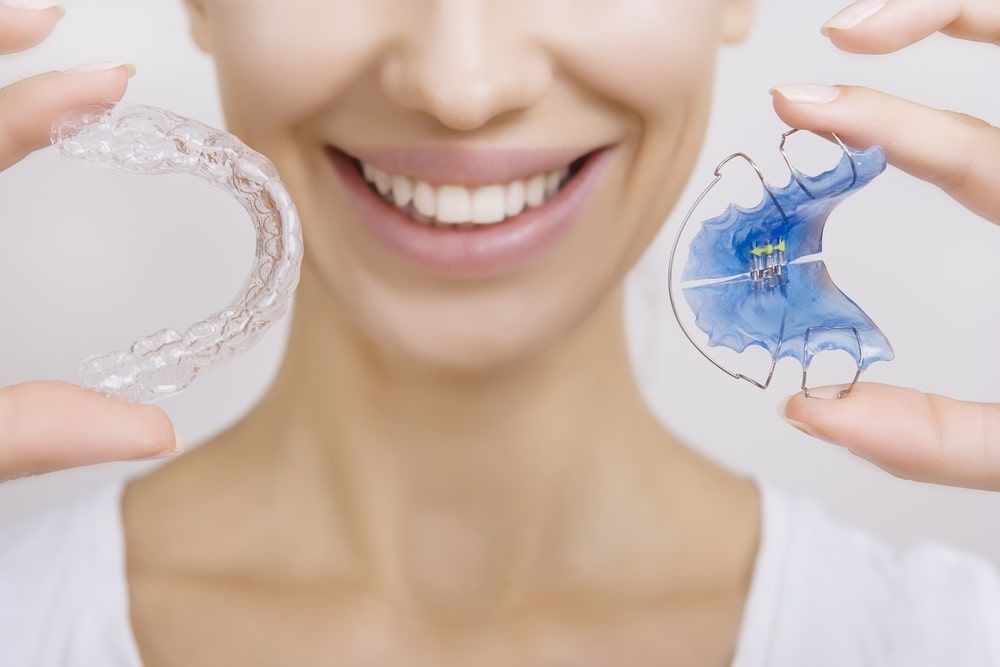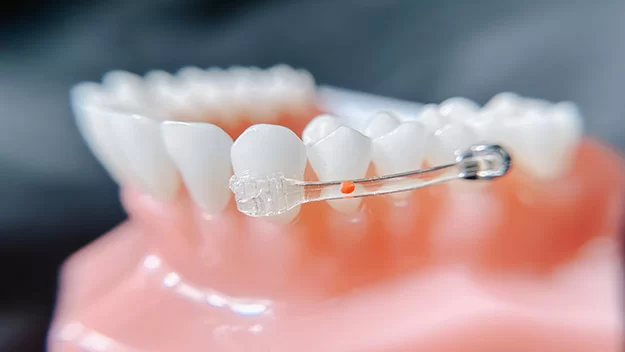Retainer Care and Maintenance
Dental Health Tips
Orthodontic retainers are oral appliances that orthodontists give their clients in order to reduce the movement of teeth after braces have been removed. Millions of people use oral retainers worldwide, but many do not know how to maintain and care for their retainers for best hygiene and longevity of the retainer.
Keeping your retainer free of damage and managing bacteria buildup should be your top priorities. By following the best practices of retainer maintenance you can maximize the life cycle of the retainer, which will reduce your overall costs and trips to the dentist.
Why Retainer Maintenance Matters
All retainers, no matter how well kept, will eventually wear out with use. Much like a well-cared-for pair of walking shoes, your retainer will get worn out and need to be replaced after it fails to provide the full support needed in your mouth.
Retainers will also get “dirty.” Even the healthiest of mouths have significant amounts of flora. In fact, according to the Journal of Clinical Microbiology, over “700 bacterial species or phylotypes” live in a healthy oral cavity. This “normal flora” will colonize your retainer and make it smell bad. Unfortunately, this is inevitable—no matter how thorough the cleaning, it will still smell. This can be minimized by caring for your retainer in the following manner:
Best Practices for Retainer Care
- Rinse immediately: Wash off your retainer in warm water immediately after removing it from your mouth. This is essential, as the bacteria on your retainer will begin to harden as soon as it makes contact with air.
- Soak daily: Soak your retainer every day in either denture or retainer cleaner that has anti-bacterial properties.
- Fizzing tablets: Another option is to soak your retainer in lukewarm water with a “fizzing” tablet, which will greatly improve the taste of your retainer.
- Brush gently: If you notice spots that are not rinsing clean, try a soft toothbrush. If this does not clean the retainer when used in tandem with the daily cleaner, contact your orthodontist and ask them how to best proceed.
Start Your Journey Today!
Have Questions About Retainer Care? Schedule a Check-Up for Your Retainer.



